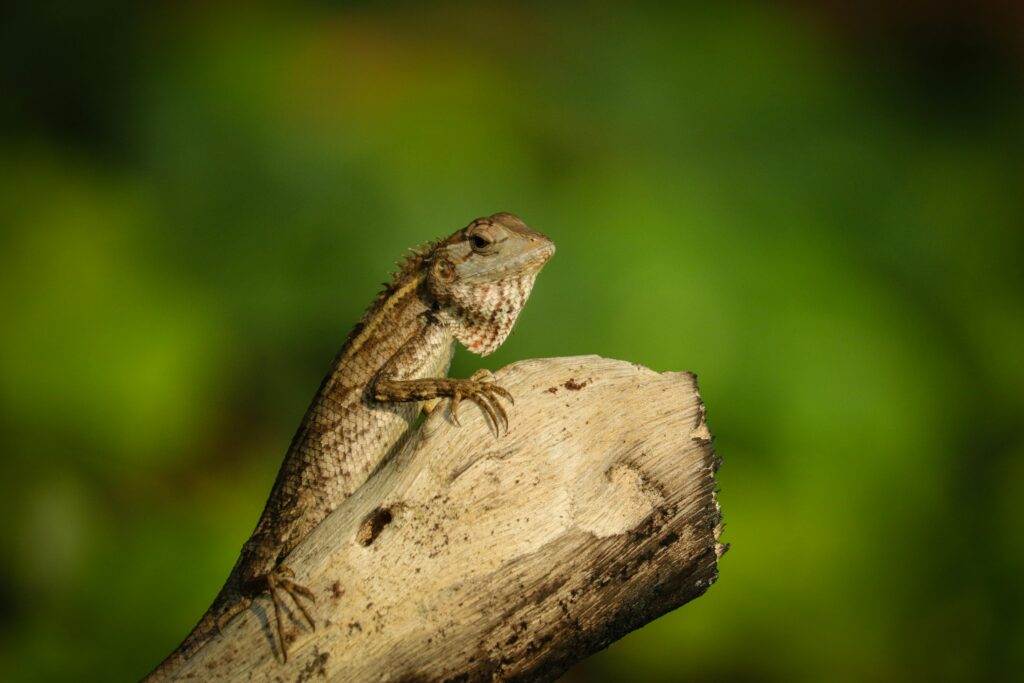A Journey Through the Unique Characteristics of Wildlife Species Around the World
The world is full of amazing animals, each with its own unique characteristics. Among these are exotic animals—creatures that stand out due to their unusual appearances, behaviors, and habitats. Whether it’s a brightly colored bird from the tropical rainforest or a desert lizard that can survive with little water, these animals showcase the incredible diversity of life on our planet.
Exploring the world of exotic animals can be both fun and eye-opening. It not only helps us understand the different ways animals survive in their natural environments but also highlights the importance of protecting these remarkable species. In this article, we’ll take a journey through the fascinating world of exotic animals and discover what makes them so special.

What Are Exotic Animals?
Exotic animals are species that aren’t commonly seen in everyday life. These animals usually live in faraway places, from rainforests to deserts, and have special traits that help them thrive in these unique environments. Some, like tropical birds, are known for their beautiful colors, while others, like reptiles, have incredible ways of surviving harsh conditions.
How Exotic Animals Live in Different Environments

Exotic animals live in all kinds of habitats, from hot and dry deserts to lush, green rainforests. Each environment presents its own challenges, and exotic animals have developed special ways to survive. For example, in the rainforest, colorful frogs like the poison dart frog use their bright colors to warn predators that they’re dangerous. Meanwhile, animals like the fennec fox, which lives in the desert, have big ears that help them stay cool and hear prey from far away
Adapting to Extreme Environments

Some exotic animals live in environments where conditions are tough. In the Arctic, polar bears have thick fur and a layer of fat to keep them warm in freezing temperatures. On the other hand, giraffes in Africa’s savanna use their long necks to reach leaves high up in trees, allowing them to find food that other animals can’t get to.
Exotic animals have also developed fascinating survival techniques. Take the mimic octopus, for example—it can change its shape and color to look like more dangerous animals, helping it avoid predators. Similarly, the axolotl, a type of salamander, has the amazing ability to regrow lost limbs, which is important for its survival in its aquatic environment.
The Power of Teamwork in the Animal Kingdom

Some exotic animals relly on teamwork to survive. In tropical rainforests, ants and plants often work together. The ants protect the plants from being eaten by other animals, and in return, the plants provide the ants with food and shelter. In coral reefs, cleaner fish help larger fish by eating parasites off their bodies, keeping them healthy. These partnerships show how connected life is in exotic ecosystems, with each species playing a role in keeping the environment balanced
How Humans Are Affecting Exotic Animals

Even though exotic animals are amazing survivors, many are in danger because of human activities. Deforestation, climate change, and illegal wildlife trade are all putting pressure on these species. When forests are cut down to make room for farms or cities, exotic animals lose their homes and struggle to find food. Climate change is also affecting the environments that these animals depend on, making it harder for them to survive.
Another serious problem is the illegal trade in exotic animals. Many species are captured from the wild and sold as pets or used in traditional medicines, leading to a decline in their populations. Efforts are being made to protect these animals, but there’s still a lot of work to be done.
Conclusion
Exotic animals are a beautiful reminder of how diverse and resilient life can be. From brightly colored birds to clever desert creatures, these animals show us the incredible ways life can adapt to different environments. However, their survival depends not only on their own abilities but also on our efforts to protect their homes and stop harmful human activities.
By learning more about these amazing animals and supporting conservation efforts, we can help ensure that exotic species continue to thrive in the wild for many years to come. Whether you’re young or old, there’s always something new to discover in the fascinating world of exotic animals.




